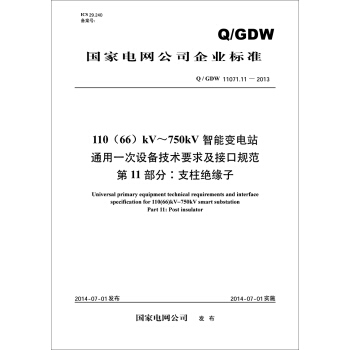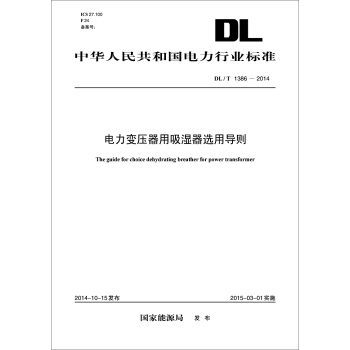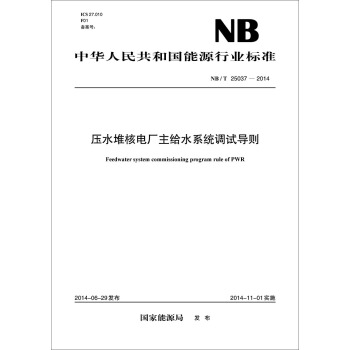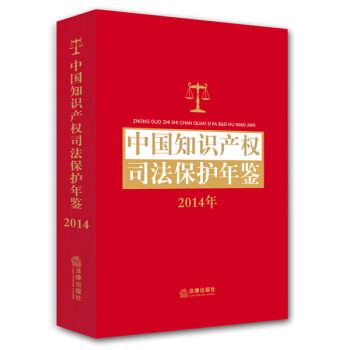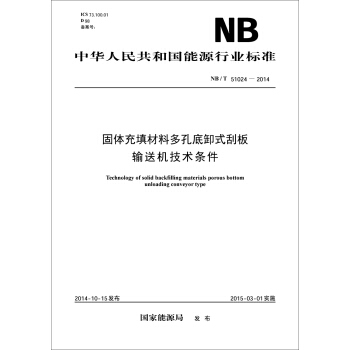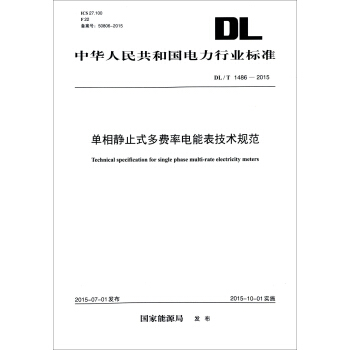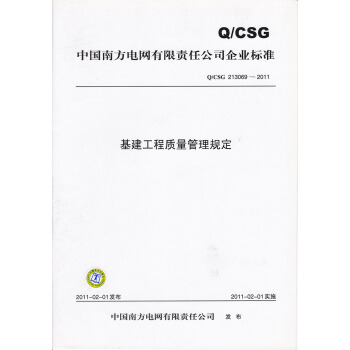![傳感材料與傳感技術叢書·化學傳感器:仿真與建模(第3捲·固態設備 下冊 影印版) [Chemical Sensors:Simulation and Modeling. Volume3:Solid-State Devices]](https://pic.windowsfront.com/11649849/54ddcf3dN5930d29f.jpg)

具體描述
內容簡介
This is the third of a new five-volume comprehensive reference work that provides computer simulation and modeling techniques in various fields of chemical sensing and the important applications for chemical sensing such as bulk and surface diffusion, adsorption, surface reactions, sintering, conductivity, mass transport, and interphase interactions.作者簡介
Ghenadii Korotcenkov, received his Ph.D. in Physics and Technology of Semiconductor Materials and Devices in 1976, and his Habilitate Degree (Dr.Sci.) in Physics and Mathematics of Semiconductors and Dielectrics in 1990. For a long time he was a leader of the scientific Gas Sensor Group and manager of various national and international scientific and engineering projects carried out in the Laboratory of Micro- and Optoelectronics, Technical University of Moldova. Currently, Dr. Korotcenkov is a research professor at the Gwangju Institute of Science and Technology, Republic of Korea.Specialists from the former Soviet Union know Dr. Korotcenkov's research results in the field of study of Schottky barriers, MOS structures, native oxides, and photoreceivers based on Group IIIH-V compounds very well. His current research interests include materials science and surface science, focused on nanostructured metal oxides and solid-state gas sensor design. Dr. Korotcenkov is the author or editor of 11 books and special issues, 11 invited review papers, 17 book chapters, and more than 190 peer-reviewed articles. He holds 18 patents, and he has presented more than 200 reports at national and international conferences.
Dr. Korotcenkov's research activities have been honored by an Award of the Supreme Council of Science and Advanced Technology of the Republic of Moldova (2004), The Prize of the Presidents of the Ukrainian, Belarus, and Moldovan Academies of Sciences (2003), Senior Research Excellence Awards from the Technical University of Moldova (2001, 2003, 2005), a fellowship from the International Research Exchange Board (1998), and the National Youth Prize of the Republic of Moldova (1980), among others.
內頁插圖
目錄
PREFACEABOUT THE EDITOR
CONTRIBUTORS
6 MODELING AND SIGNAL PROCESSING STRATEGIES FOR MICROACOUSTIC
CHEMICAL SENSORS
1 Sensing Principles of Microacoustic Chemical Sensors
1.1 Introduction
1.2 Microacoustic Chemical Sensors
2 Simulation and Modeling of Acoustic Wave Propagation, Excitation, and Detection
2.1 Analytical Solution to the Undisturbed Wave Propagation Problem
2.2 Analytical Solution to the Wave Excitation and Detection Problem
2.3 Finite-Element Method
2.4 Equivalent-Circuit Models
3 Sensor Steady-State Response
3.1 Perturbation Approaches
3.2 Temperature Effects
4 Sensor Dynamics
4.1 Linear Model
4.2 State-Space Description
5 Sensor Signal Processing
5.1 Suppression of Temperature Effects
5.2 Signal Processing Based on Linear Analytical Model
5.3 Wiener Deconvolution
5.4 Kalman Filter
5.5 Discussion of State-Space-Based Signal Processing
6 Summary
7 Nomenclature
References
7 HIERARCHICAL SIMULATION OF CARBON NANOTUBE ARRAY-BASED CHEMICAL SENSORS WITH ACOUSTIC PICKUP
1 Introduction
2 Simulation Levels of Nanodesign
3 Prototype of Hierarchical Simulation System for Nanodesign
4 Continual Simulation of SAW Propagation in a Layered Medium
5 Structure of Carbon Nanotubes and Adsoption Properties of CNT Arrays
5.1 Atomic Structure of Single- and Multiwalled Nanotubes
5.2 Quantum Mechanical Study of the Adsorption of Simple Gases on Carbon Nanotubes
5.3 Molecular Mechanics of Physical Adsorption of the Individual Molecules on the CNT
6 Simulation of a Carbon Nanotube Array-Based Chemical Sensor with an Acoustic Pickup
6.1 Molecular Dynamics Calculation of the Elastic Moduli of Individual Carbon Nanotubes
6.2 Molecular Dynamics Study of Distribution of Adsorbed Molecules in CNT Array Pores and Calculation of Acoustic Parameters of CNT Arrays
6.3 SAW Phase Velocity Change Due to Molecular Adsorption on CNT Arravs in SAW-Based Chemical Sensors
7 Conclusion
References
8 MICROCANTILEVER-BASED CHEMICAL SENSORS
9 MODELING OF MICROMACHINED THERMOELECTRIC GAS SENSORS
10 MODELING SIMULATION, AND INFORMATION PROCESSING FOR DEVELOPMENT OF A POLYMERIC ELECTRONIC NOSE SYSTEM
前言/序言
用戶評價
這本書的影印版性質,讓我對印刷質量和圖錶清晰度略微有些擔憂,不過既然是經典叢書,想必質量不會太差。我更感興趣的是它對新型傳感機製的探討,比如基於二維材料或者量子點陣列的場效應晶體管(FET)型傳感器。這些新興領域的發展速度極快,標準的教科書往往更新不及時。如果這本書能夠涵蓋一些最新的仿真方法論,比如如何將機器學習的概念融入到參數辨識和模型修正中,那就太棒瞭。畢竟,固態傳感器的材料參數非常敏感,依賴於固定參數的經典模型越來越難以應對復雜多變的真實環境。我希望能從中找到一些關於如何構建自適應、高魯棒性模型的思路和框架,這樣我的研究纔能跟得上技術前沿的步伐。
評分這本書的封麵設計倒是挺抓人眼球的,那種深邃的藍色調配上簡潔的字體,讓人一眼就覺得內容肯定不簡單。我一直對新興的材料科學和它們在實際應用中的潛力抱有濃厚的興趣,特彆是涉及到如何將微觀世界的物理或化學變化轉化為可測量的電信號。這本書的排版和插圖看起來也很專業,雖然我還沒深入閱讀,但光是目錄那一瞥,就感覺到作者在結構組織上的用心。特彆是關於如何用理論模型來預測和優化傳感器性能的部分,這正是當前很多研究中非常欠缺的一環。很多時候我們做實驗隻能靠“試錯”,如果能有一個紮實的理論模型作為指導,那效率提升可就不是一點半點瞭。我期待這本書能在這方麵提供一些具體的、可操作的指導,而不是僅僅停留在概念層麵。我記得我以前讀過幾本相關的綜述,它們大多是概念性的描述,缺乏深入的數學推導和實際的仿真案例,希望這本能填補這個空白,讓我能夠更好地理解固態器件的工作機理。
評分從結構上看,這套叢書的第三捲專注於“固態設備”,這正是我目前研究的重點。我關注的焦點在於如何精確量化材料在應力、溫度變化下的物理響應,並將其轉化為電信號。很多時候,我們對這些物理量的耦閤效應理解不夠深入,導緻仿真結果與實驗數據存在較大偏差。這本書如果能提供一套係統的、多物理場耦閤的建模方法論,那就非常有幫助瞭。我希望能看到關於如何處理復雜的幾何結構和邊界條件的詳細講解,比如如何有效地劃分網格,以及如何選擇閤適的本構方程來描述材料的非綫性行為。對於固態器件的可靠性評估而言,精確的仿真至關重要,它能幫助我們避免在錯誤的方嚮上投入大量的實驗資源。我對它能提供的深入見解抱有很高的期望。
評分作為一名偏嚮於應用開發的工程師,我更看重的是如何將理論模型快速地應用於實際産品的優化上。這本書的標題裏提到瞭“仿真與建模”,這對我來說意味著我可以利用這些工具來預測不同工作溫度、濕度條件下的器件漂移和老化問題。固態傳感器的穩定性一直是工業界的心頭大患,一個好的模型應該能幫我們提前預警這些潛在的失效模式。我尤其希望看到書中對噪聲分析和信號處理的討論,因為在實際應用中,低信噪比往往是決定産品成敗的關鍵因素之一。如果能學到如何通過優化材料的微觀結構來降低本徵噪聲,或者如何利用模型來設計更有效的濾波算法,那這本書的價值就無可估量瞭。我期待的不是一個高深的純理論書籍,而是一本能讓我“動手”起來,解決實際工程難題的指南。
評分拿到這本書的時候,我首先被它的厚度給震懾住瞭,感覺手裏捧著的不隻是一本書,簡直是一本工具箱。我主要關注的是那些關於界麵效應和電荷傳輸機製的章節。現在的氣體傳感器研究,很多瓶頸都卡在如何精確理解和控製材料與待測物之間的相互作用上。如果這本書裏能提供一些關於如何建立精確的量子力學模型來描述吸附過程,進而影響電學特性的方法,那對我接下來的研究方嚮將是巨大的啓發。我特彆想看看它在處理異質結結構時的仿真技巧,因為我們知道,很多高性能的傳感器都是依賴於精心設計的界麵結構來實現更高的靈敏度和選擇性。仿真和建模的能力,說到底,就是將設計意圖轉化為可預測結果的能力,這比純粹的實驗探索要高效得多。希望它能有詳盡的步驟解析,哪怕是針對某個特定材料體係的案例分析,都會非常有價值。
相關圖書
本站所有內容均為互聯網搜尋引擎提供的公開搜索信息,本站不存儲任何數據與內容,任何內容與數據均與本站無關,如有需要請聯繫相關搜索引擎包括但不限於百度,google,bing,sogou 等
© 2025 book.coffeedeals.club All Rights Reserved. 靜流書站 版權所有

![傳感材料與傳感技術叢書·化學傳感器:仿真與建模(第3捲·固態設備 上冊 影印版) [Chemical Sensors:Simulation and Modeling. Volume 3:Solid-State Devices] pdf epub mobi 電子書 下載](https://pic.windowsfront.com/11649855/54ddcf3eNadb8fd95.jpg)
![中華人民共和國國傢標準(GB 51010-2014):鋁電解係列不停電停開槽設計規範 [Code for Design of Shutting Down/Restarting Aluminum Reduction Cells Without Power Interruption] pdf epub mobi 電子書 下載](https://pic.windowsfront.com/11660805/5507faf2N614b8531.jpg)
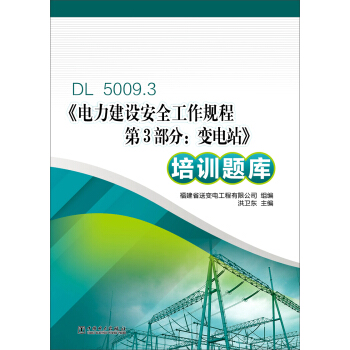
![中華人民共和國電力行業標準:壓阻式滲壓計(DL/T1335-2014) [Piezoresistive presure] pdf epub mobi 電子書 下載](https://pic.windowsfront.com/11671942/551d0dfeN50b64d03.jpg)
![中華人民共和國能源行業標準:核電廠汽輪機轉子壽命評估導則(NB/T25030-2014) [Guideline of life assessment for steam turbine rotor of units in nuclear power plant] pdf epub mobi 電子書 下載](https://pic.windowsfront.com/11671948/551d0dfeN833d4215.jpg)
![110(66)kV~750kV智能變電站通用二次設備技術條件及接口規範(第1部分:站控層及公用設備Q/GDW11072.1-2013 ) [Secondary equipment general technical specification 110(66)kV~750kV smart substation Part 1:Station level devices] pdf epub mobi 電子書 下載](https://pic.windowsfront.com/11671949/551d0dfeNb8549d1a.jpg)
![中華人民共和國能源行業標準:核電廠汽輪機轉子焊接修復技術導則(NB/T25028-2014) [The guidelines for welding repair of steam turbine rotors in nuclear power station] pdf epub mobi 電子書 下載](https://pic.windowsfront.com/11671955/551d0dfeNef4b42b1.jpg)
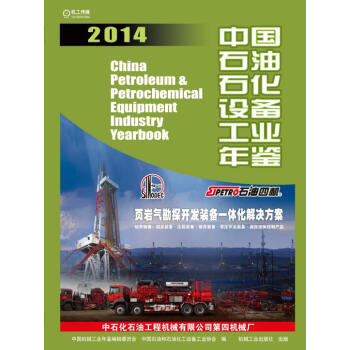
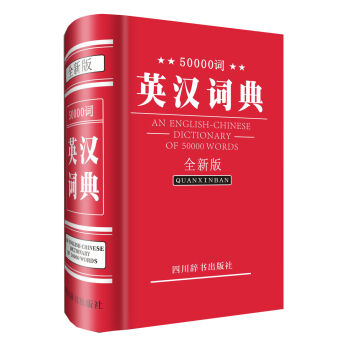
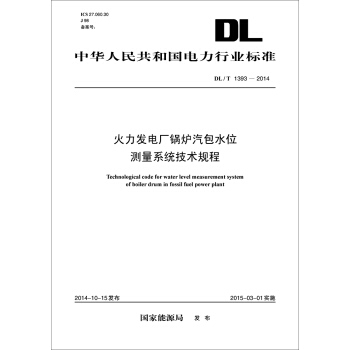

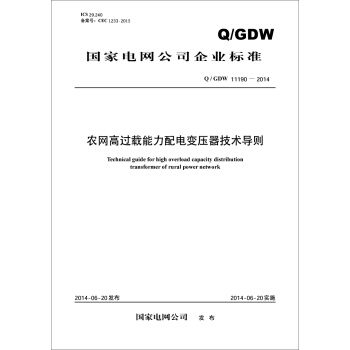
![中華人民共和國電力行業標準:滾軸篩(DL/T1374-2014) [Roller screen] pdf epub mobi 電子書 下載](https://pic.windowsfront.com/11686185/554c8388Nbec8974f.jpg)
